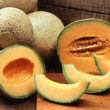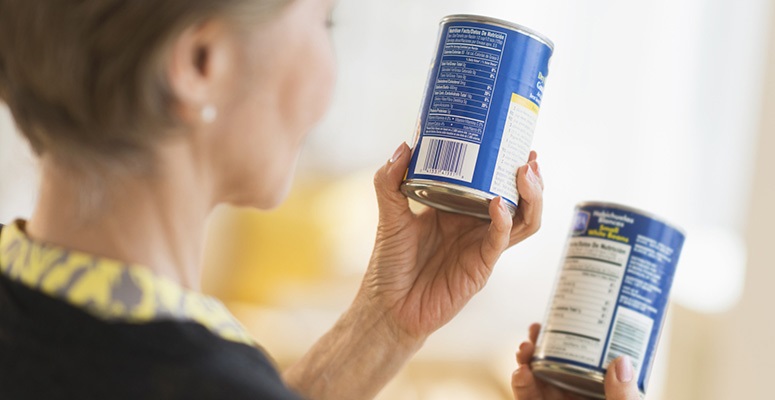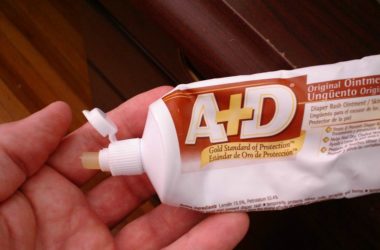Before you take a grocery product from the shelf to your shopping cart, there is one very important step that you should take — scrutinize the label! Nothing should end up being scanned by the cashier without the printed material on its packaging being thoroughly scanned by your eyes first.
These days, reading food labels can be a tricky task. As more and more consumers are becoming health-conscious, more and more food manufacturers are making their commodities appear healthy. It’s not unlikely for a company to stamp its products with half truths or even downright lies in order to get the attention of a meticulous shopper.
If you’re not careful, your grocery bag may end up containing products that are not what they really are. By knowing how to read food labels, you can increase your odds of purchasing consumables that won’t put your health in peril. Check out the following tips on knowing a product more with the help of its label:
Tip #1: Skip Choosing a Product Based on Health Claims on the Front
Most food manufactures will do anything and everything to stand out from the rest — including stamping lies on the packaging of their goods. For instance, a box of cereals may bear “made from whole grains” on the front. While actually out of whole grains, the product may be laden with sugar and other chemicals that its maker chose to put away from the spotlight. Here are some common label claims and what they really mean:
- Multigrain. Although the product may be made from different types of grains, it’s not unlikely for some or all of those grains to be refined, which make them unhealthy.
- No added sugar. Certain commodities are already high in sugar, such as fruit juices. Just because they have no added sugar doesn’t mean that they are free of the sweet stuff.
- Low-fat. While it’s true that anything that bears “low-fat” on its packaging has reduced fat, chances are lots of sugar is added into it in order to keep it tasting good.
- Low-calorie. It’s possible for a low-calorie product to pack fewer calories than the regular variant, but it may contain just the same amount of calories as the regular variant of another manufacturer.
Tip #2: Remember to Check Out the Number of Servings Per Container
Another very important matter to check on the food label is the nutrition facts. Just like what it’s called says, it is where you can find the nutrients in the product — cholesterol, sodium, carbohydrates, protein, vitamin A, vitamin C, iron, etc. — as well as how much of them are actually around.
Leading the list is the number of calories. Does it say 150? Before you jump up and down thinking that what you are eating is low in calories, look further up the nutrition facts and check the number of servings per container. If it says 5, then multiply it to the number of calories listed. Yup, what you are eating packs a whopping 750 calories! The lesson is it’s not unlikely for a single food item to consist of two or more servings.
Tip #3: Always Take a Good Look at the List of Ingredients
Before you place that product in your shopping cart, flip it over and scan the list of ingredients. No, the ingredients are not placed there in random order — they are arranged by quantity. For instance, the first ingredient is what was used by the food maker the most, followed by the second ingredient, and so on.
As a general rule of thumb, you can tell whether a product is highly processed or not just by its list of ingredients. If the total number of ingredients goes past 3, you can be sure that it is heavily processed. Also, take the product back to the shelf if the first few ingredients are not good for you, such as refined grains, hydrogenated oil and sugar. With these ingredients on the top of the list, you can rest assured that the product is not worth it.
By the way, keep your eyes peeled for sugar that’s labeled as something else. Maltose, maltodextrin, glucose, malt powder, evaporated cane juice, confectioner’s sugar — these and others are all different forms of sugar.













